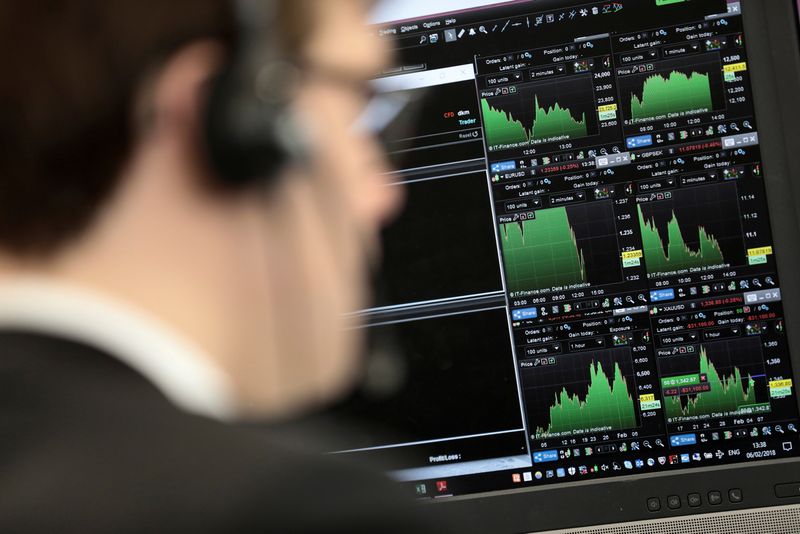Street Calls of the Week
Investing.com -- RBC Capital Markets has raised its year-end 2025 price target for the S&P 500 to 6,250, a 9% increase from its previous forecast of 5,730. The new target effectively brings the estimate back to levels seen in March, before RBC lowered it in response to macroeconomic uncertainty.
The revised target is based on an average derived from five models, incorporating sentiment, valuation and earnings, cross-asset relationships, and GDP performance.
“Our sentiment and cross asset models are the most constructive of the five and point to fair value for the index at the end of the year around 6,500 (our bull case),” strategists led by Lori Calvasina said in a report.
“Meanwhile, our valuation/EPS analysis and one of our two GDP tests (which looks at how stocks perform during years when GDP is in the 1.1-2% range) are more pessimistic and point to fair value at the end of the year around 5,700 (our bear case),” they added.
Although the price target has been lifted, RBC described its outlook as neutral for the second half of the year and expects market conditions to remain volatile.
“We feel neutral on the outlook for stocks in the 2nd half of 2025, and are mindful that our new price target is essentially in line with recent levels,” the strategists continued.
The broker maintained its 2025 S&P 500 earnings forecast at $258, slightly below the bottom-up consensus of $265.
It made modest adjustments to reflect less favorable interest rate expectations and flat corporate margins, citing continued resilience in the face of tariff-related uncertainty.
The report also flagged new concerns. RBC added the stalling of the momentum trade and weakening earnings sentiment for mega-cap growth stocks to its list of near-term risks.
Despite the S&P 500 reaching new highs, the momentum factor has not kept pace, which RBC sees as a potentially negative signal.
The strategists removed any attempt to factor in the political backdrop in their modeling and emphasized that investor focus is already shifting toward 2026, prompting them to include a new GDP test in the forecast.
“Adding in this new way of looking at the GDP signal, and removing our policy assumption, was the biggest contributor to the change in our forecast today,” the team said.
Previously, the brokerage factored in potential market impacts from Republican control or tariff-related uncertainty, but now sees these approaches as outdated, noting that the index is no longer moving in line with presidential polling.
